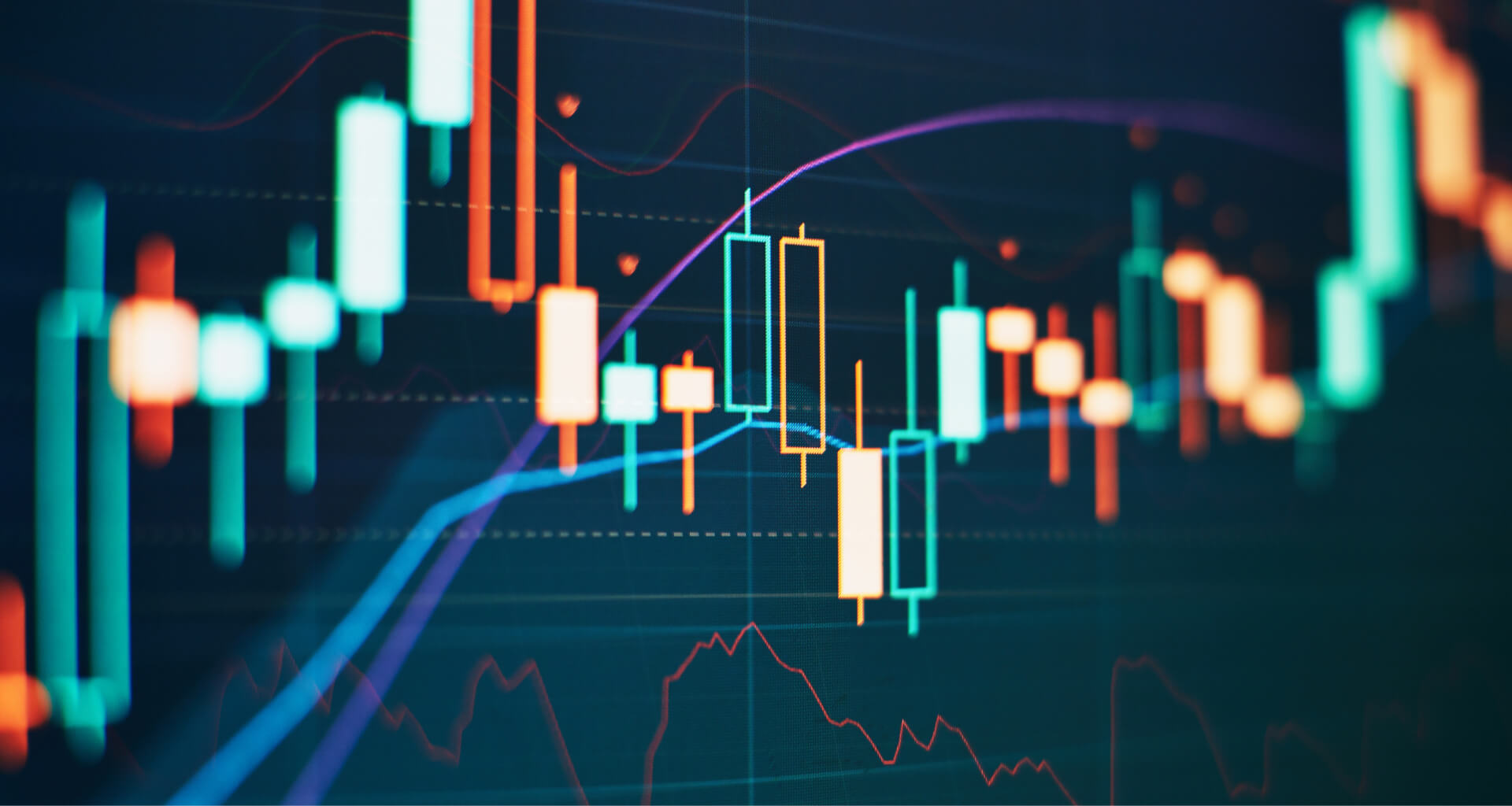Black Friday usually takes place the day after Thanksgiving Day in the United States. Thanksgiving Day (the fourth Thursday in November) is when preparations for the holiday season begin in the United States, so company stocks often rise in price in early December until Catholic Christmas on December 25. Investors call this the “December effect”. Black Friday is a special day when buyers get big discounts on their goods and sometimes free delivery. In terms of financial markets, it is one of the most important retail and consumer spending events in the US.
In addition to Black Friday, there is also Cyber Monday. This is the Monday following the holiday weekend which extends the holiday discounts, but with a focus on online shopping. Black Friday and Cyber Monday are crucial to companies’ annual performance, and investors look at sales data from these days to assess the overall health of the retail sector.
But in 2022, Black Friday and Cyber Monday will look significantly different from previous years. And while the Covid-19 pandemic, restrictions and supply chain issues have affected sales in the last two years, this year’s factors will be limited by high inflation, rising gas and electricity prices due to Russia’s invasion of Ukraine, high interest rates and a weak housing market. You have to understand that rising interest rates are driving up lending, which has reached record levels this year. And the average US consumer continues to live on credit. Analysts think this will be a major drag on sales before the holidays. But Moody’s economists take a different view and believe that the healthy US labour market is one reason why consumer demand trends will be robust this year, despite high inflation.
There is a lot of data coming out in the next few weeks that will provide important clues about the health of the economy. If holiday discount consumer spending exceeds economists’ forecasts, this will be a good sign for the economy. It will mean that consumers are willing to spend more than manufacturers expect, which will lead to higher revenues for retailers like Walmart (WMT), Amazon (AMZN), Target (TGT), TJ Maxx and Marshalls (TJX), Macy’s (M), Kohl’s (KSS) and Gap (GPS) and many others. Corporate earnings growth will give investors the green light, which will ultimately lead to a rise in stock market indices. This is why the US stock market is statistically dominated by optimism before the winter holidays, often referred to as the “New Year’s Rally” or ” Santa Claus Rally”. Yale Hirsch first mentioned the term “Santa Claus Rally” in Trader’s Almanac magazine in 1972. According to Hirsch, the ” Santa Claus Rally ” can be turned into an indicator for predicting returns for the following year. For example, if the rally has been positive, one should expect an increase the following year, and vice versa.
If you compare the chart of returns for the S&P 500 (US500) during the “December Effect” to the average monthly cumulative annual return, December has historically been profitable for investors in 73% of cases with an average return of 2.8% (including negative periods). And in most of those cases (nearly 68%), December’s return was greater than the index’s average annual return.

Blue histogram – return of S&P500 Index in December, %
Orange dot – average monthly cumulative annual return of the S&P500 index, %
Why do the shares of many companies and major indices begin to grow during these periods?
Here are some of the reasons:
- Annual bonuses are paid during this period;
- As a consequence of the first fact, pre-Christmas sales raise consumer demand fundamentals, thereby reducing inflation slightly;
- Through the rise in retail sales, investors are buying stocks of retail companies that will report next quarter;
- The market is becoming less liquid as many of the top bank and hedge-fund managers are taking vacations.
Among other things, there is the so-called “January effect” in the US. This effect is not related to holidays but rather to the tax season. In the US, December is the end of the annual tax period, and investors want to reduce their tax base. To do this, they sell shares at the end of December and buy them back in early January. Thus, very often, statistically, at the end of December, usually just before Christmas, the stock market sells off, causing the indices to fall. Conversely, January tends to be a month of growth. But this only happens occasionally, and the greatest influence is on mid- and small-cap stocks.
Have a good trade.





